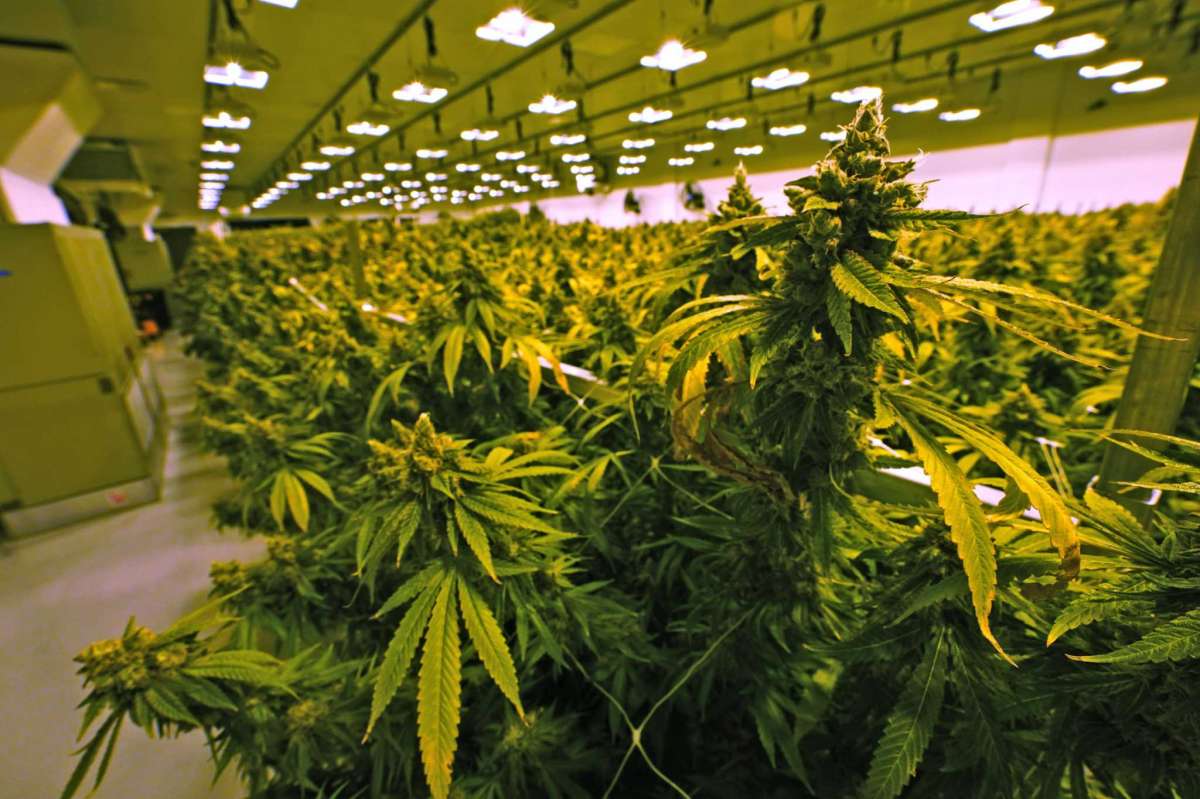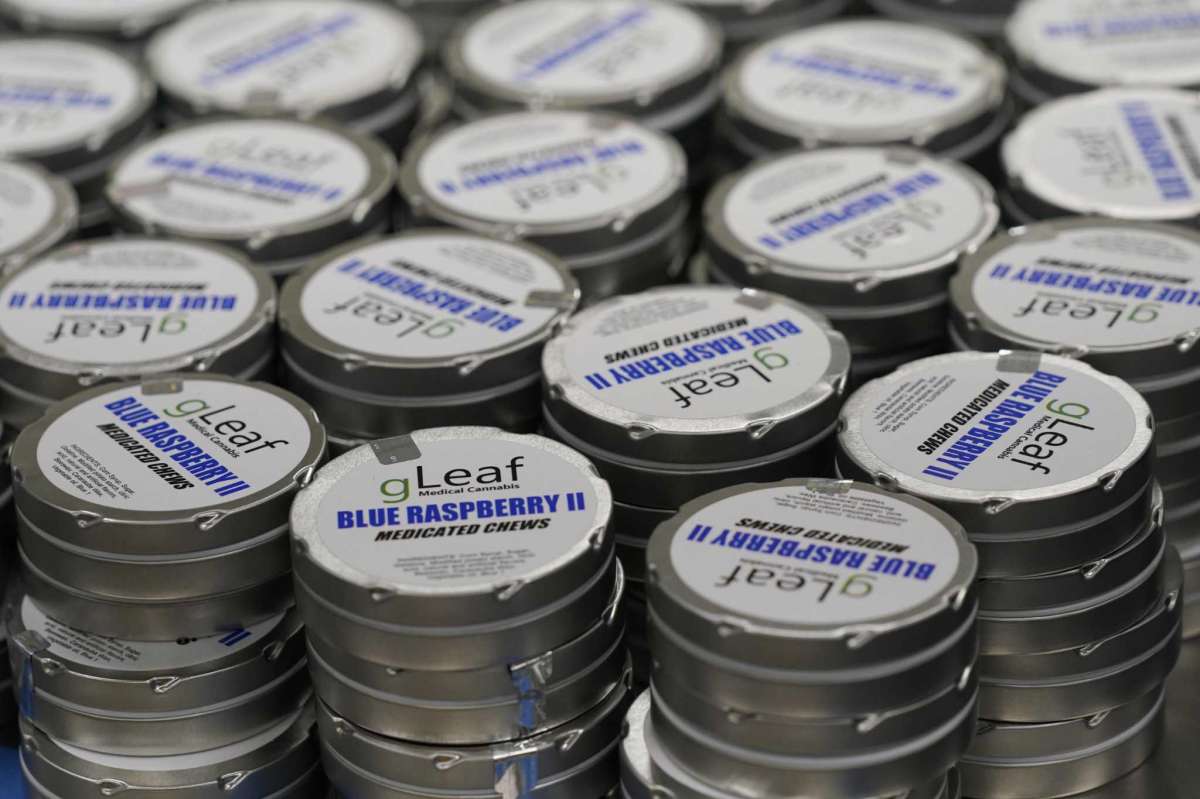Marijuana becomes legal in Connecticut on July 1. But the rollout is not an immediate marijuana free-for-all. The law is set up to provide for a deliberate, step-by-step process toward legalization.
To make it simpler, here is a marijuana legalization timeline. Please note, it’s not comprehensive. These are just the big steps in the process from decriminalization to people legally growing their own cannabis.
While recreational use becomes legal Thursday, easing restrictions on marijuana has been a decadelong process.
2011: Possession of less than 1/2 ounce of marijuana is decriminalized.
2012: Connecticut becomes the 17th state to allow medical use of marijuana.
2015: The state decriminalizes possession of recreational marijuana, making a first offense nothing more than a $150 fine.
July 1, 2021: Possession of recreational marijuana becomes legal for people age 21 or older. According to the law, residents are allowed to openly have 1.5 ounces of marijuana, plus an additional 5 ounces in a locked container. Edible or vaped marijuana must have no more than an equal amount of THC, the psychoactive substance in marijuana.
Oct 1, 2021: Residents age 18 and older are allowed to cultivate their own marijuana for medical use.
Jan. 1, 2022: The Police Officer Standards and Training Council must issue guidance on how police officers will determine whether a person has exceeded the possession limits.
Mid-2022: The first recreational dispensaries are expected to open in Connecticut.
July 1, 2023: Residents 21 and older are allowed to grow up to three mature and three immature cannabis plants indoors at a person’s home for personal use.



